U.S. 10-year Treasury yield tumbled decisively below the 4.00% mark overnight, hitting its lowest level since April and flashing renewed signs of market stress. The next key support lies at around 3.9%, where some stabilization should occur. However, decisive break below 3.9% would be a serious warning signal that could trigger an accelerated decline toward 3.70%, signaling a sharp escalation in risk aversion.
The sharp drop was driven by flight to safety following unsettling developments in the U.S. regional banking sector. Shares of Zions Bancorporation and Western Alliance plunged after both lenders revealed unexpected bad loans, igniting fears of loose credit standards and potential contagion across smaller financial institutions. The news came on the heels of two recent auto industry-related bankruptcies, which have amplified concerns about tightening credit conditions and balance sheet vulnerabilities.
Markets now turn to Friday’s wave of regional bank earnings, seen as the next test of sector stability. Investors will be watching closely to gauge whether the problem is contained or spreading. A weak showing could deepen risk aversion and accelerate the rush into Treasuries, further suppressing yields.
Technically, 10-year yield’s fall from the recent peak of 4.629 resumed with conviction after breaking below 3.992 support. Next near term target lies at 61.8% projection of 4.493 to 4.205 from 4.200 at 3.891. Some stabilization should emerge there, at least on the first attempt.
However, decisive break below 3.891 would raise the risk of a deeper slide toward 100% projection at 3.699. A bounce from the 3.900 area could still restore some calm — but failure to hold that line risks triggering a deeper wave of safe-haven buying across the Treasury curve.






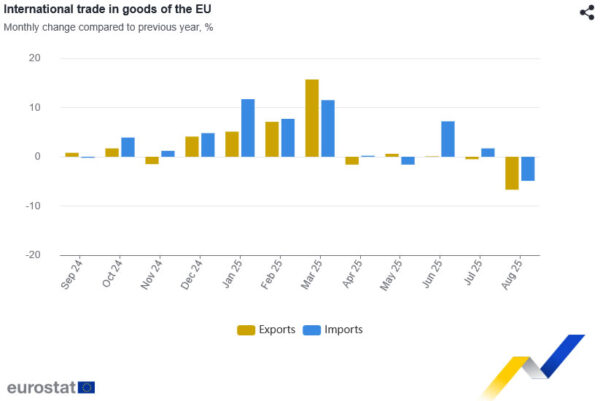
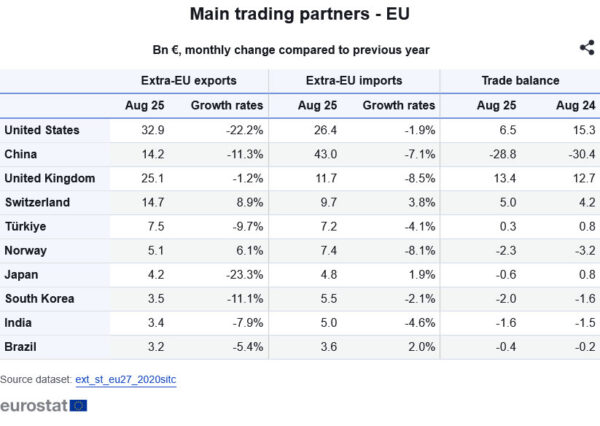
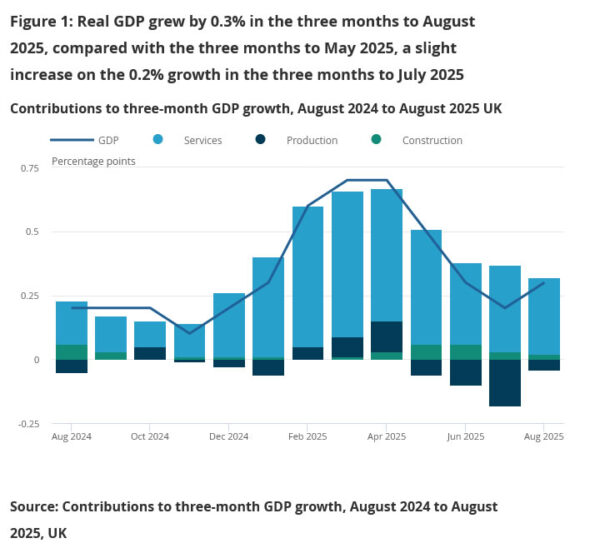
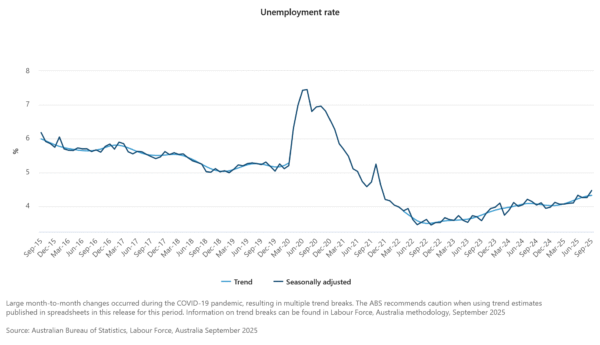
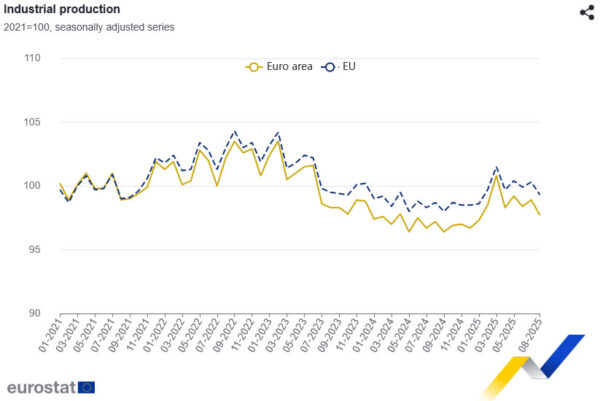

Eurozone CPI finalized at 2.2%, driven by services and food prices
Eurozone inflation edged higher in September, with headline CPI finalized at 2.2% yoy, up from 2.0% in August. The core measure, which excludes energy, food, alcohol & tobacco, also firmed to 2.4% yoy from 2.3%.
The main driver of the increase came from services, which contributed +1.49 percentage points to the annual rate, followed by food, alcohol, and tobacco (+0.58 pp), and non-energy industrial goods (+0.20 pp). Energy continued to be a drag, subtracting -0.03 pp.
Across the broader European Union, annual inflation was finalized at 2.6% yoy, up from 2.4% in August, with wide divergence among member states. Cyprus (0.0%), France (1.1%), and Italy and Greece (1.8%) recorded the lowest rates, while Romania (8.6%), Estonia (5.3%), and Croatia and Slovakia (4.6%) posted the highest. Inflation fell in 8 countries, was stable in 4, and rose in 15.
Full Eurozone CPI final release here.